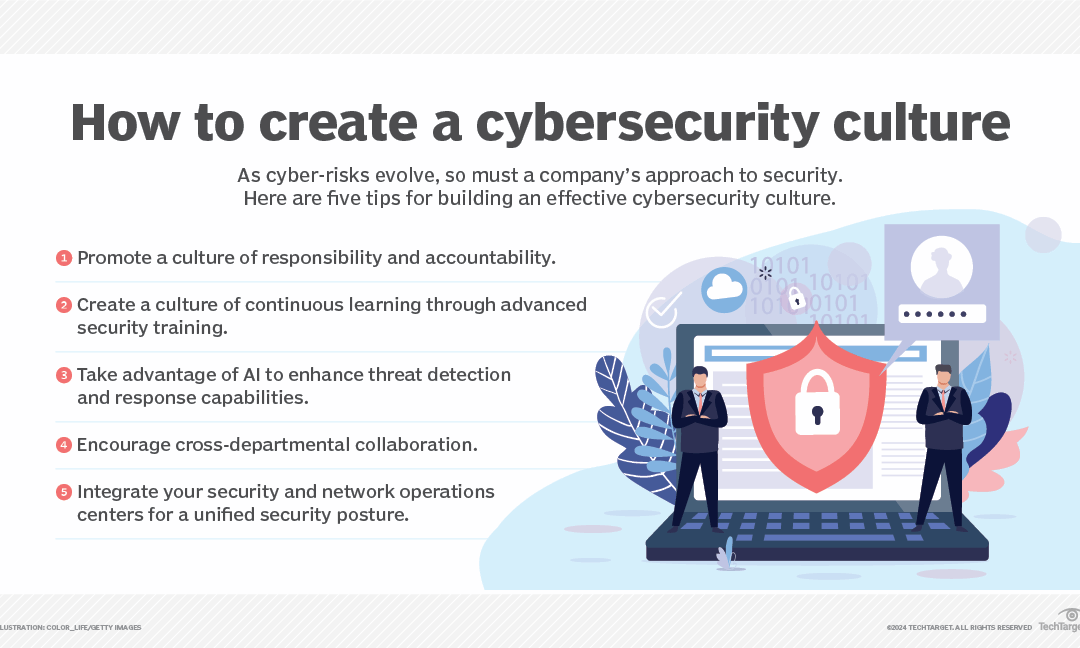Understand the Holiday Season Cyber Threats The holiday season is a time for joy, celebration, and generosity. However, this...


Understand the Holiday Season Cyber Threats The holiday season is a time for joy, celebration, and generosity. However, this...

Cybercriminals steal credit card? Cybercriminals have various methods at their disposal to hack and exploit credit card...

This in-depth cybersecurity planning guide provides information and advice to help organizations develop a successful strategy...

While home health agencies face distinct health IT challenges, collaboration and innovation are crucial for overcoming these...

The umbrella term malware is one of the greatest cybersecurity threats enterprises face. Learn about 12 common types of malware...
Texting and SMS scams. Social media has become an essential part of our lives in today’s digital world. It helps us stay connected with our loved ones, stay updated with what’s happening around the world, and even conduct business. However, as social media usage continues to increase, so does the risk of scams. One of the most common types of scams is called “smishing,” which is when people try to trick you through text messages. In this blog post, we want to talk about some of the most common SMS scams that happen through social media in Canada. We’ll give you some real-life examples and show you how to protect yourself from these scams.
Have you heard of “smishing?” It’s a sneaky way scammers try to steal personal or financial information using text messages on mobile devices. They usually pretend to be someone you know or a trusted source and use urgent language to make you act quickly. They might say you need to fix a problem, claim you’re eligible for some benefits, or warn you of supposed threats. Be careful of these tricks and always double-check before providing any information or clicking on any links.
Social media has become an integral part of our daily lives in contemporary times. However, with the rise of social media messaging and SMS scams in Canada, it is crucial to remain vigilant and cautious.
To protect yourself and your loved ones from fraudulent activities, it is essential to understand the tactics used by scammers, avoid unsolicited messages, and stay informed. By following cybersecurity best practices, verifying the authenticity of messages, and raising awareness among your social circle, you can contribute to creating a secure online environment for everyone. Remember, safeguarding your personal information is the first step towards a secure and pleasant online experience.
Worried about being a target for phishing attacks? Protect your company today!
Understand the Holiday Season Cyber Threats The holiday season is a time for joy, celebration, and generosity....
Cybercriminals steal credit card? Cybercriminals have various methods at their disposal to hack and exploit credit...